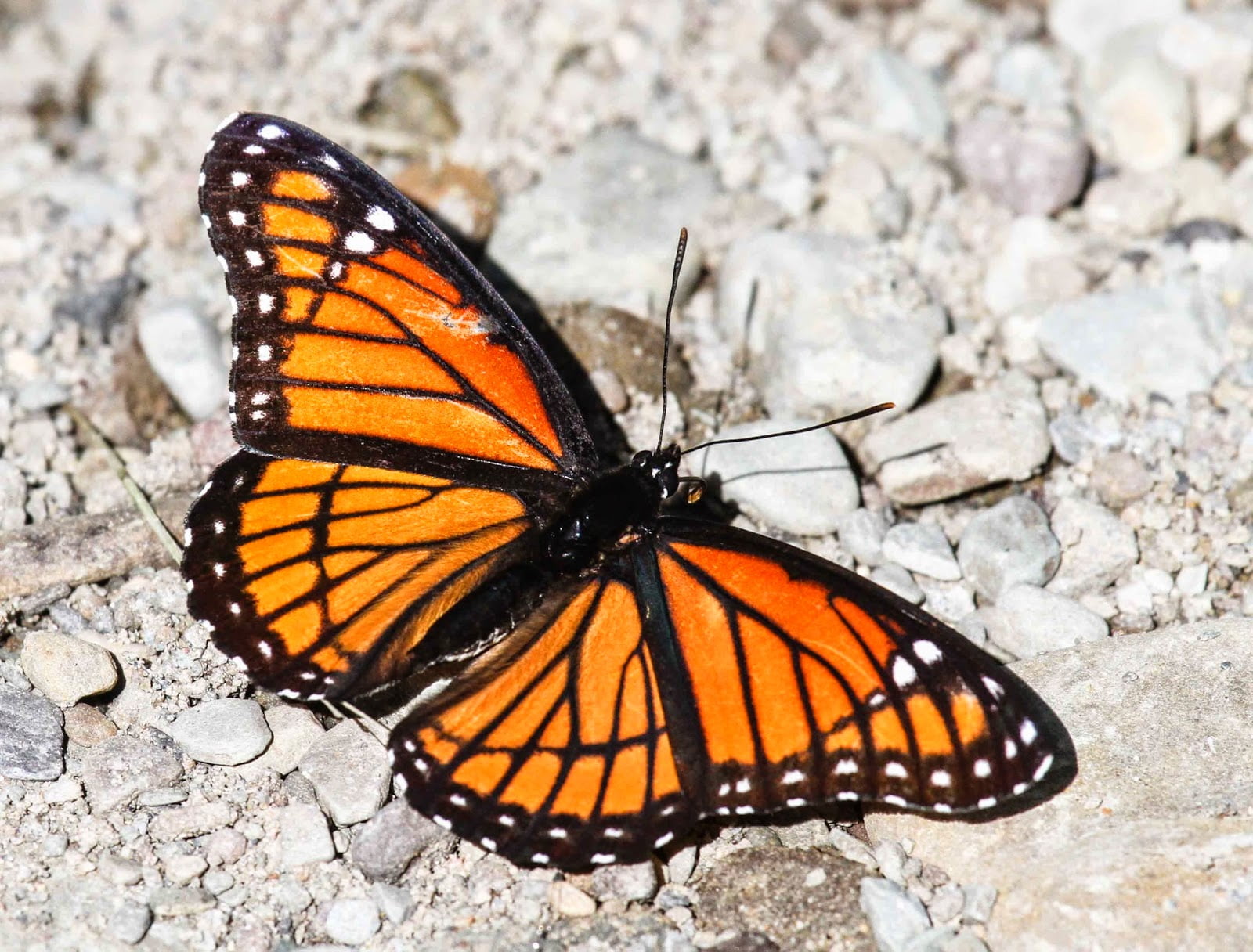Settling into the striking beauty of the North American landscapes is an exquisite butterfly species known as the Viceroy (Limenitis archippus). Renowned for its almost uncanny resemblance to the Monarch butterfly, the Viceroy is, in fact, an exceptional example of nature’s art of mimicry.
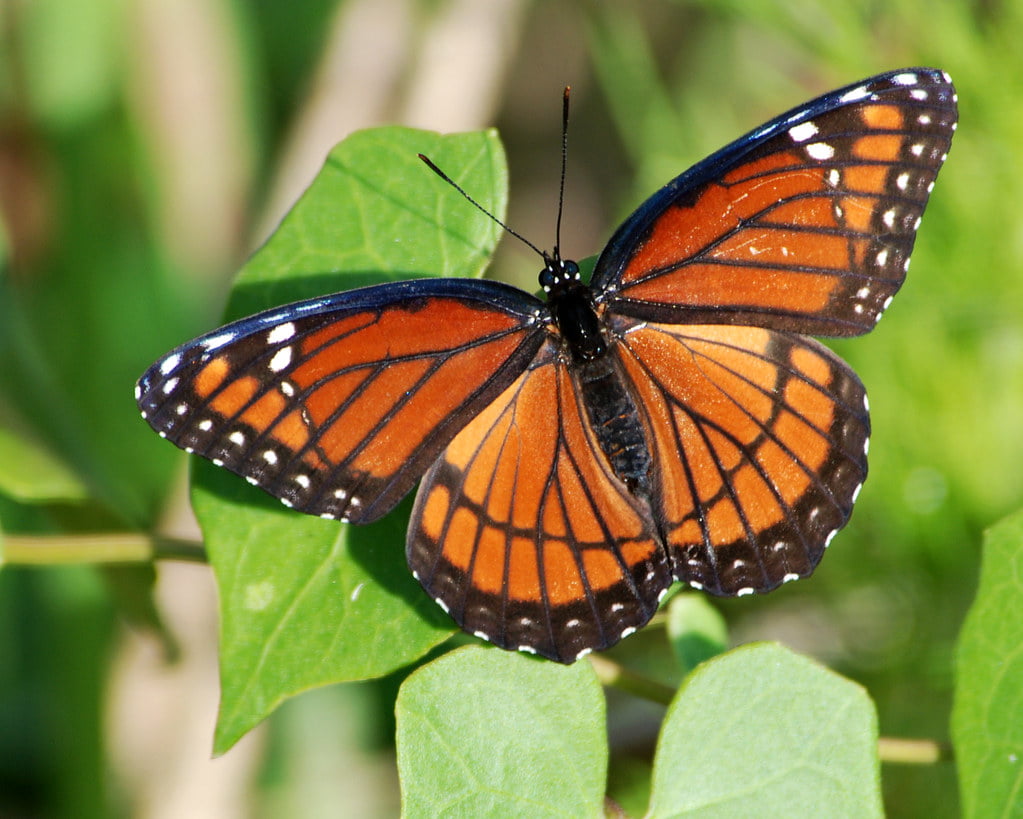
Range and Distribution
The Viceroy butterfly boasts a broad geographic distribution, populating a wide range across North America. Its range extends from the Canadian provinces of Alberta and Saskatchewan to as far south as the Mexican plateau. The species is found in nearly all the United States except for the far west, the desert southwest, and parts of California. Preferring wetlands and meadows, the Viceroy makes its home in landscapes populated with willow and aspen trees, which are the primary food sources for its larvae.
A Case of Mimicry
The Viceroy’s claim to fame is its uncanny resemblance to the Monarch butterfly, which shares similar orange and black color patterns. For many years, scientists thought that the Viceroy was a Batesian mimic of the Monarch, meaning that a harmless species (the Viceroy) was mimicking a harmful or unpalatable one (the Monarch) to avoid predation. Monarchs acquire toxins from feeding on milkweed as caterpillars, making them distasteful to predators.
However, recent research has painted a different picture. Both Monarchs and Viceroys are actually unpalatable to predators due to the toxins they sequester from their food plants during the caterpillar stage. This finding led scientists to redefine their relationship as an example of Müllerian mimicry, where two or more harmful species mimic each other’s warning signals to enhance predator avoidance.
Despite their similarities, the Viceroy is distinguishable from the Monarch by its smaller size and the post-median black line that crosses the hindwing, which is absent in the Monarch.
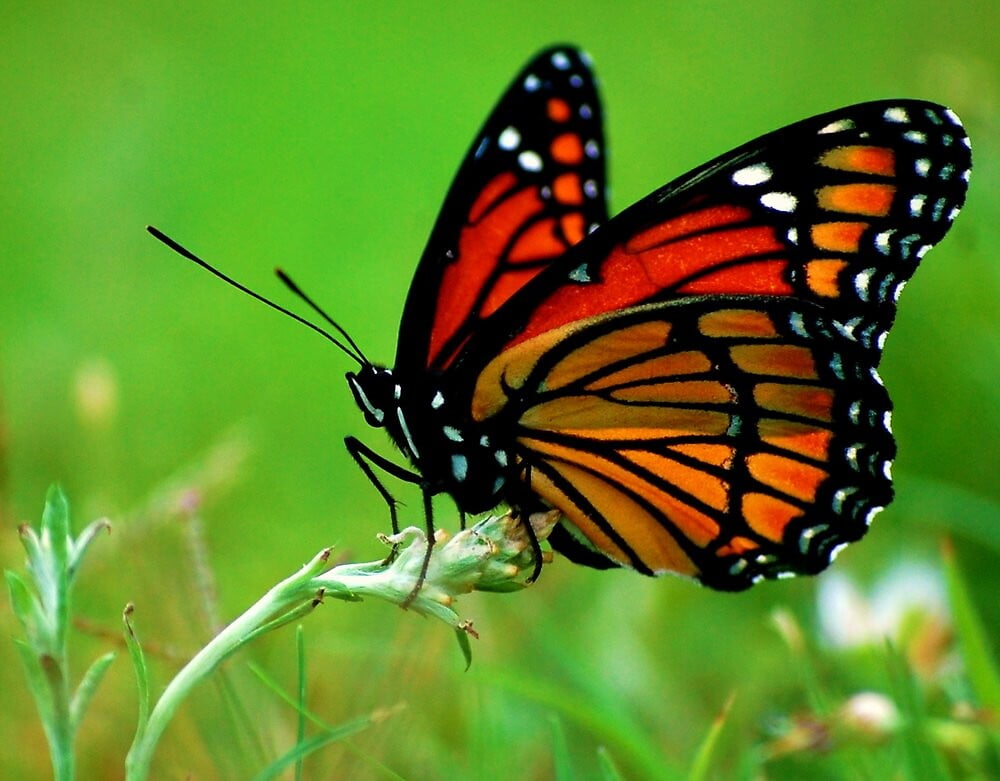
A Unique Butterfly in Its Own Right
Although often overshadowed by its more famous counterpart, the Viceroy is unique in its own right. For instance, unlike the Monarch’s multi-generational migration pattern, the Viceroy does not undertake massive migrations. Instead, it goes through several generations within a single summer and overwinters as a caterpillar. The Viceroy also exhibits regional variation. The subspecies Limenitis archippus floridensis, found in the American South, exhibits darker coloration and is believed to mimic the Queen butterfly, another member of the Milkweed Butterfly Group.
Larval Host Plant: The Willow Tree
A significant part of the Viceroy butterfly’s life cycle revolves around its relationship with its larval host plant. For the Viceroy, this essential plant is the willow tree, along with poplar and aspen trees.
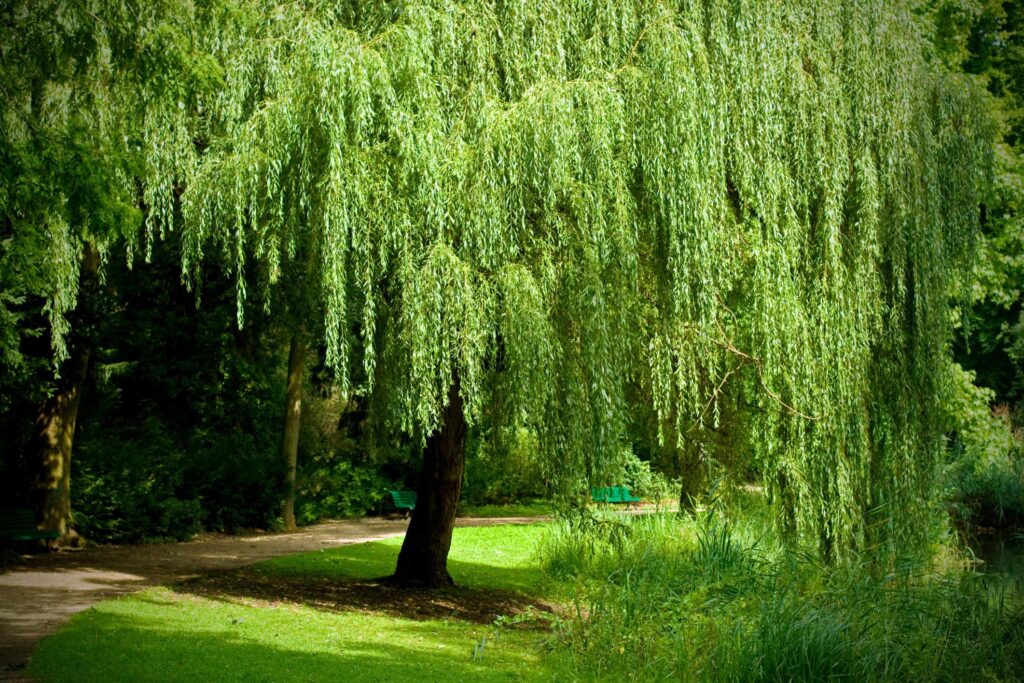
From the moment the Viceroy’s eggs hatch, the tiny caterpillars embark on a steady diet of willow leaves. This choice of nourishment isn’t random; in fact, the caterpillars are programmed to recognize these specific leaves. The mother butterfly carefully selects willow trees to lay her eggs, ensuring a fresh and plentiful food source for her offspring right from the start.
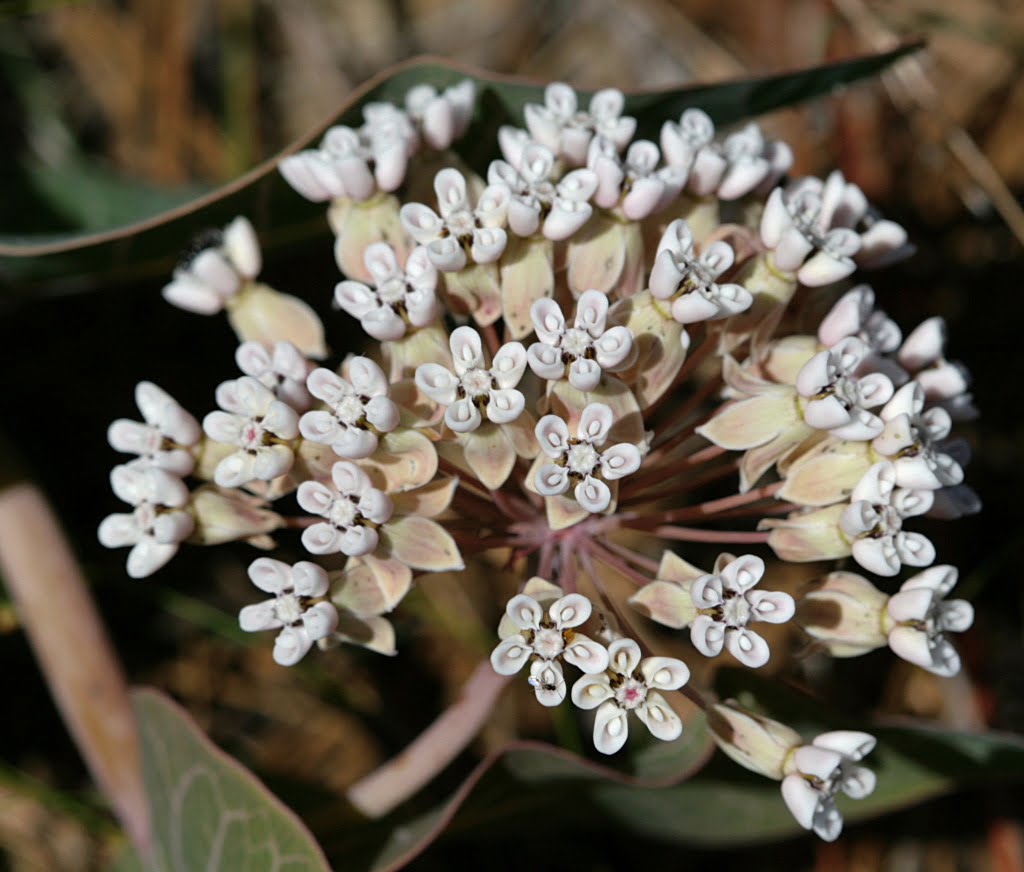
10 Sandhill Milkweed Seeds Ascslepias Humistrata Pinewood Milkweed Florida-Native
With Johnny Butterflyseed’s Sandhill Milkweed seeds, you’re not just planting flowers; you’re cultivating a living mosaic of nature’s marvels. 10+ Florida Native seeds.
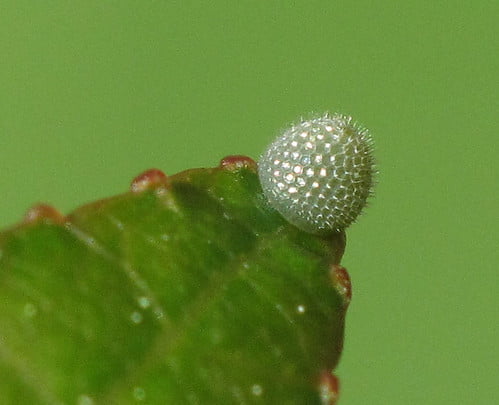
As they grow, the caterpillars continue to feast on the willow leaves, storing energy and nutrients for the incredible transformation they will soon undergo. It’s during this period that they acquire the toxins that make them unpalatable to predators, a trait they share with their adult forms. The toxins come from the salicylic acid found in their diet of willow leaves. Interestingly, Viceroy caterpillars also exhibit a form of mimicry. Their green and white coloration resembles bird droppings, providing a natural disguise from predators. This strategy, coupled with their unpalatable taste, grants them a relatively safe passage to the pupa stage, and ultimately, to becoming the remarkable Viceroy butterflies we recognize.
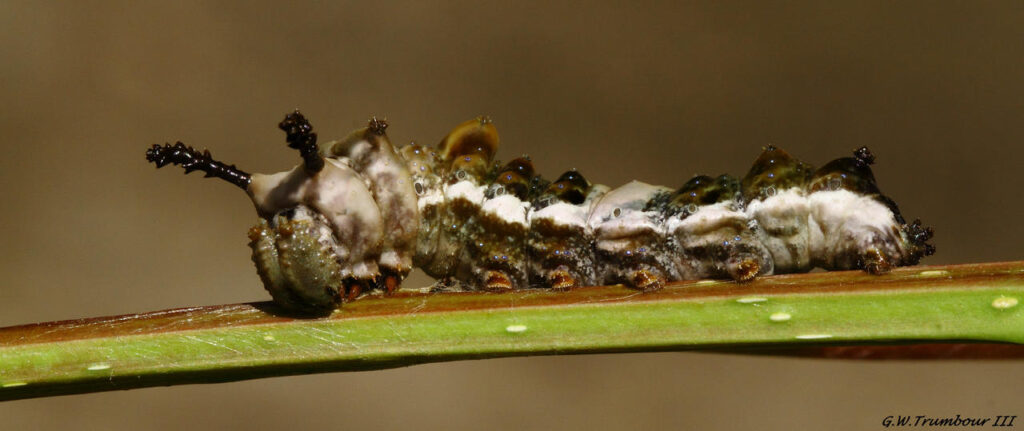
The relationship between the Viceroy and the willow tree illustrates the intricate interplay in nature’s grand theater. It underscores how plant and insect species co-evolve and adapt to each other’s presence, a mutual dance of survival that shapes the wonder and diversity of our natural world.
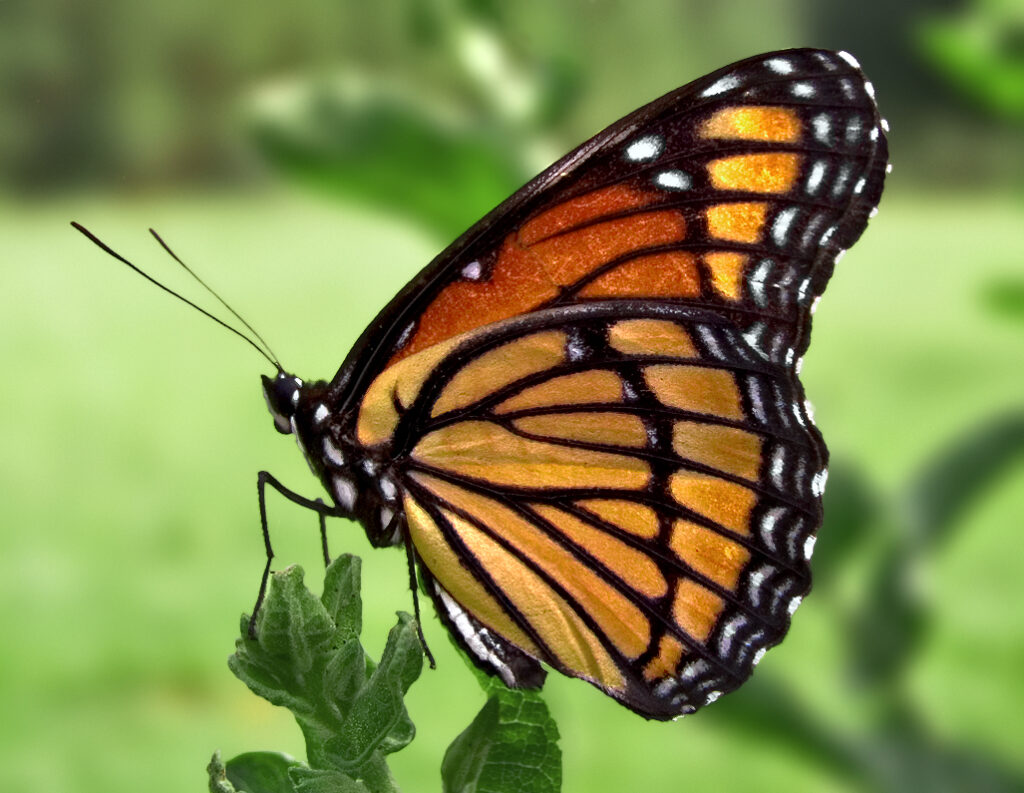
Despite living under the Monarch’s shadow, the Viceroy has secured a strong foothold in the intriguing world of entomology. It stands as a testament to nature’s ingenious strategies for survival and the intricate ecological interactions woven in the tapestry of life. The Viceroy is not just a Monarch’s mimic but an impressive butterfly species in its own right.
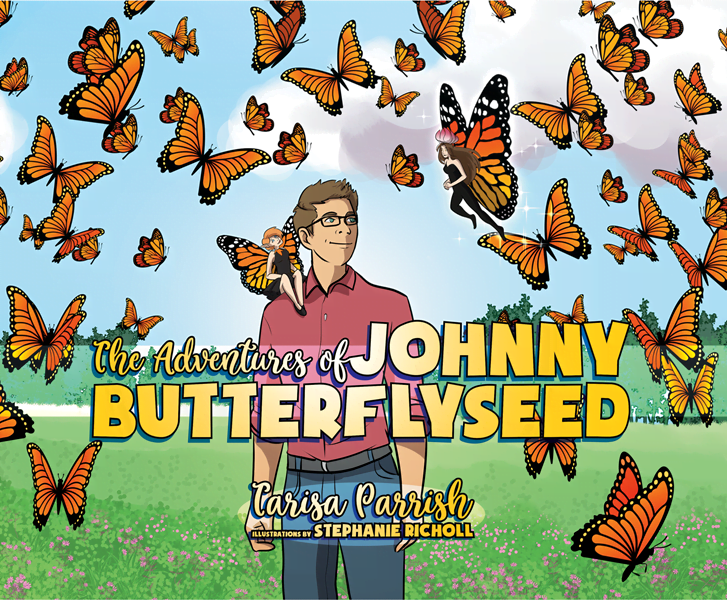
The Adventures of Johnny Butterflyseed – Author Signed First Edition Children’s Book
Save the monarchs!
Johnny Butterflyseed and his fairy friend, Raven Silverwing, embark on a mission to save the rapidly disappearing butterflies. They enlist the help of Queen Venus Goldwing and her kingdom of monarchs to educate and inspire kids to become butterfly farmers. At first, Johnny faces his own internal struggle with self-doubt and fear in his ability to make a difference, but then soon develops a mindset that allows him to not only get started, but also make progress one day at a time. Through challenge after challenge, Johnny learns that he is not alone in his mission and that there are many people who want to help. Together, Johnny, Raven, and Queen Venus educate thousands of children on becoming butterfly farmers.
